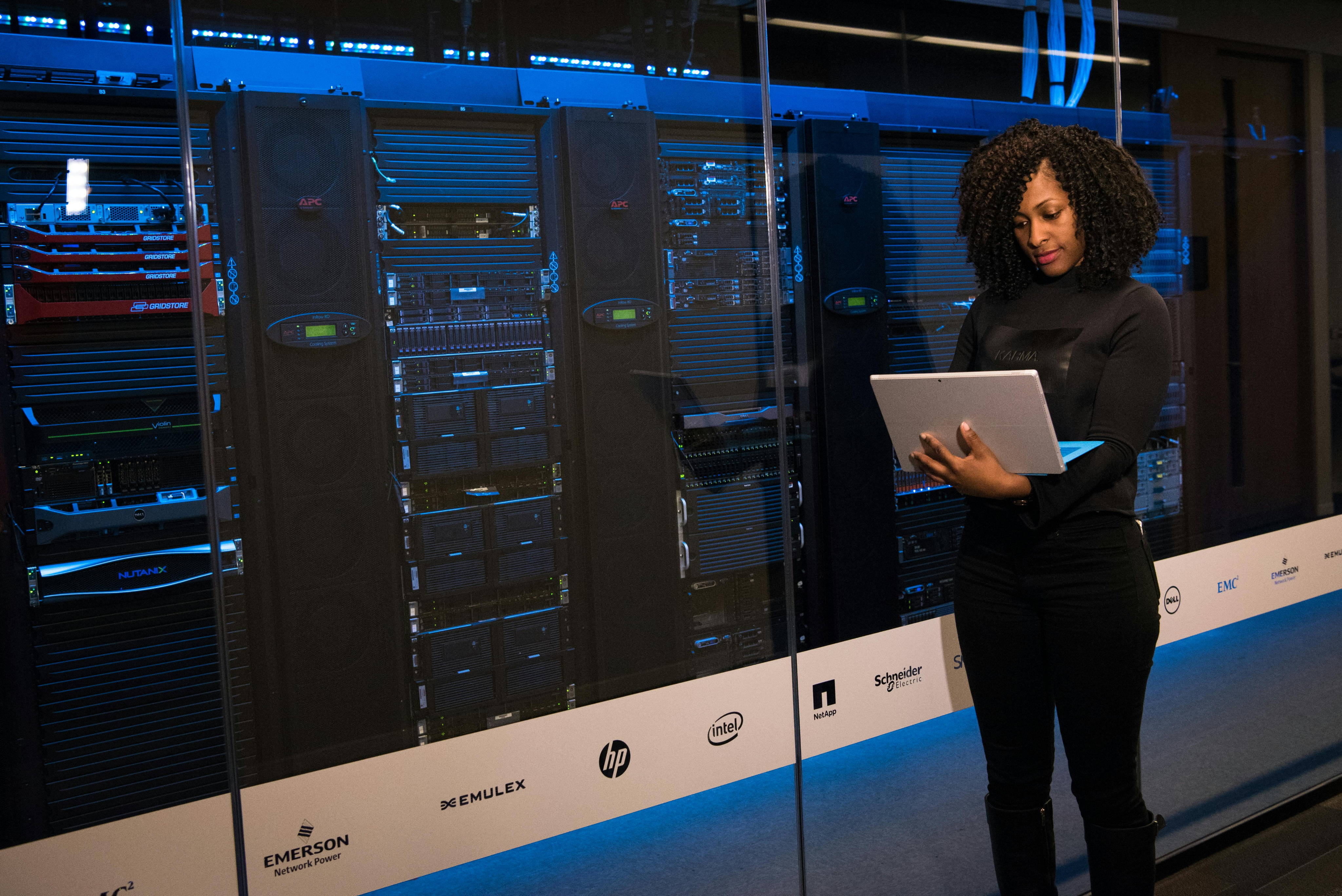Chiplets, UCIe, Persistent Memory, and Heterogeneous Integration: The Processor Chip of the Future!
Chiplets have become a near-overnight success with today’s rapid-fire data center conversion to AI. But today’s integration of HBM DRAM with multiple SOC chiplets is only the very beginning of a larger trend in which multiple incompatible technologies will adopt heterogeneous integration to connect new memory technologies with advanced logic chips to provide both significant energy savings and vastly-improved performance at a reduced price point.






